At a time when the world is going badly here and there, when wars are raging without knowing how to stop them and when racism is violently resurfacing, we can fortunately still count on artists and their multiple creativity to give us back a little hope and a spirit of openness to others.
Committed and engaging, French contemporary urban artist JR, graffiti artist, photographer, choreographer and film-maker is certainly one of them. Thanks to his monumental, spectacular and ephemeral works made of photographic paper collages, recognisable from far and wide, he has not finished surprising us! Travelling the globe when he’s not dividing his time between his two studios in Paris and New York, surrounded by his close-knit team of ten, he makes art that speaks to the political, economic, ecological and spiritual concerns of our time.
Constantly wearing his black hat and hiding his eyes behind opaque glasses, incognito in his early days, he has since become one of the most ambitious figures in the art world. Born in 1983 in the Paris region, JR (his pseudonym is Jean René) wishes to remain anonymous and not reveal his true identity. And for almost twenty-five years, he has been spreading his art freely in public spaces around the world, claiming that he wants to bring art to the street to address passers-by. “I have the biggest art gallery with walls all over the world and I want to use art as a bridge so that people can talk to each other and create links”.
Let’s take a look at some of his most emblematic works, created in the four corners of the earth.
Between 2001 and 2004, when JR began his career as a teenager with graffiti on the facades of Paris, he left his mark on rooftops and underground trains. He then found a camera and began documenting his creative process, pasting photocopies of these photographs on walls here and there. He created his first exhibition, Expo 2 Rue, using the city’s streets as a gallery open to everyone. This mode of expression became his trademark, and he went on to develop it without any size limits and in a multitude of locations around the world.
In 2005, invited by director Ladj Ly and founder of the Kourtrajmé collective, he produced Portrait of a generation, portraits of young people from the suburbs exhibited in very large format on the walls of the Bosquets housing estate in Montfermeil, a violent suburb close to Paris where a climate of revolt reigns. He returned ten years later to create and film a ballet with forty-two dancers from the New York City Ballet, as a way of combating precariousness and creating beauty where it is least expected.
In 2007, with Face 2 Face, he produced “the largest illegal photo exhibition ever created”, displaying gigantic portraits of Israelis and Palestinians, face to face, in eight Palestinian and Israeli cities and on either side of the security wall that has separated these two peoples for over twenty years.
Between 2008 and 2010, from Brazil to Sierra Leone, Liberia to Kenya, India to Cambodia, JR chose to pay tribute to the women who play an essential role in our societies, yet who are still victims of war, crime, rape, and political and religious fanaticism, resulting in a magnificent documentary film entitled Women Are Heroes, which won him the TED Prize in 2011.
In 2010, JR began the Unframed project, using not his own images but those of some of the great names in the history of photography, such as Robert Capa, Man Ray, Gilles Caron, Lehnert and Landrock and Helen Levitt, whom he admires and which he places on the façades of selected buildings.
Since 2011, with INSIDE OUT, he has taken up residence at the foot of the François Mitterrand library in Paris, inviting strangers to come and have their portraits taken in a photo booth contained in a van, before sticking them on the ground. This approach, which he has pursued ever since and which has taken him from city to city across the world, has already produced over 500,000 ephemeral portraits and more than 2,500 temporary actions in more than 150 countries.
In 2014, the City of New York invited him to explore the Ellis Island archives and he created around twenty collages in these buildings steeped in history, where twelve million immigrants arrived in the United States between 1892 and 1954 on this symbolic island next to the Statue of Liberty. The result is a beautiful short film entitled ELLIS, with the inspiring presence of Robert De Niro.
In 2016, invited by the Louvre Museum, JR tackled the pyramid, creating a giant trompe-l’œil in black and white, creating a surprising visual effect, as if the famous building by Chinese architect Ieoh Ming Pei were disappearing. In 2019, to celebrate the 30th anniversary of the world’s most famous glass pyramid, he is doing it again with the help of four hundred volunteers.
In 2017, he co-directed the film Visages, Villages with French director Agnès Varda.
And finally, in 2019, JR obtained exceptional authorisation to carry out a project in one of the most violent high-security prisons in California, called Tehachapi. There he met twenty-eight incarcerated men and invited them to take part in an art project in which he photographed them and gave them the opportunity to tell their stories and their rehabilitation process. He shows how art can be a source of hope, revealing individuals’ capacity for change and offering a poignant look at humanity behind bars, as seen in his latest feature film, which has just been released in cinemas.
In short, this humanist portraitist without borders or barriers already has a vast and prolific career to his credit. And his approach is simple, obvious and effective: to put his photos on display for all to see. This “photoengrafer” and “urban artivist”, as he calls himself, is there to support anti-globalisation and pacifist causes by combining art and action. So many smiling, grimacing or wrinkled faces and staring eyes that scrutinise, challenge and question us. If JR hides his, it’s to better show those of others. Whatever their sex, age, skin colour, origins or religion, he transforms the world into an open-air museum.



